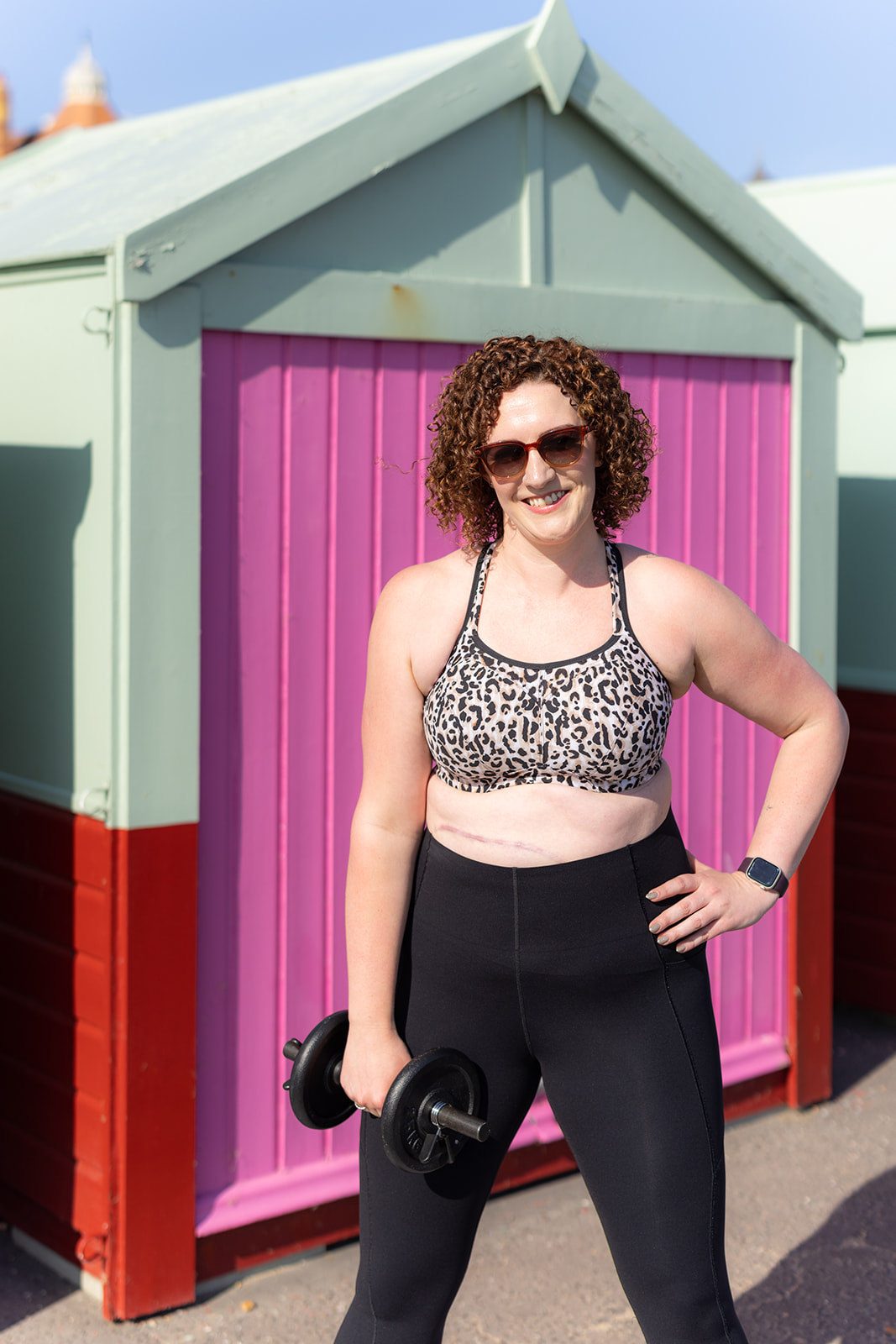But Becky, you are a woman, and a qualified personal trainer, surely you know everything there is to know about female bodies?
Ah, not so. And I am not a doctor, so there’s plenty I don’t know. There’s always room to learn more…
Forever a student
When I decided to become a self-employed personal trainer, I knew that I wanted to continue developing my skills in a classroom, as well as via the gym floor. As many people say about learning to drive, I think that you truly learn how to personal train once you’ve qualified and are working – theory is one thing, people are another, after all.
And whilst evolution has slowed to the extent that our bodies won’t change dramatically during my working lifetime, lots of other things too. Training practices evolve, new developments are made, and novel ideas are introduced. So doing some sort of continuing professional development was important to me, even if my industry isn’t (yet) going to hold me accountable.
2023 professional development
Earlier in the year, I attended a Study Day, and I considered that my CPD box ticked, but later in the summer another opportunity presented itself, and I leapt at it. I’ve been following The Well for a couple of years, and like what they teach in terms of coaching specifically for women, and for different stages of their life.
The course seemed to present great value, and is self-guided, so I knew I’d have plenty of time to complete it. My card details went into the website, and I was off and running.
What I learned via the course
Happily, there was some basic information that I already knew: my knowledge of sports bra fit is strong, and I have an intrinsic understanding of how to coach women – it’s now great to have more strategies to back this up. Menstrual cycle science is still something that trips me up occasionally, and I appreciated the opportunity to learn more about breast anatomy, movement pattern coaching, and pelvic floor training.
The latter is a particular bugbear of mine: I find it incredibly disheartening how rarely it’s coached, but how when it is, it’s typically done very badly. People of all genders have and need a pelvic floor, and it’s a muscle group we should all be training, irrespective of whether we’ve been through a pregnancy or intend to become pregnant. It was brilliant to see this issue tackled and normalised, and handled sympathetically.
What I’ll change as a result
The course makes some fantastic suggestions about screening for health conditions and lifestyle factors, which will make my client onboarding and consultations even better than they already are. I also feel more empowered to coach pelvic floor exercises – I’ve been taught it a couple of times, and my own preferred method of practice is something that I need to do an official training course to teach, but I now feel more confident to include a basic level of coaching before I’m able to make that happen.
I also know for certain that I can fit a sports bra very well, and am even happier to have conversations about this vital piece of kit with the women I coach.
Who would I recommend the course to?
Anyone who coaches, or supervises the coaching of women should take this course. The personal training courses that run in the UK don’t cover this material at all, which is horrendous. Even if you go on and do further, well-established female-specific training, these tend to be aimed at pre- and post-natal clients. This is an incredibly important area of coaching, but it doesn’t apply to all women, and the specifics of coaching women don’t begin and end with pregnancy, and recovery from birth. It’s a reductive way of considering female athletes, and something I’d like to see change.
If you’d like to learn more about the course, you can visit this website. I highly recommend taking a look!
